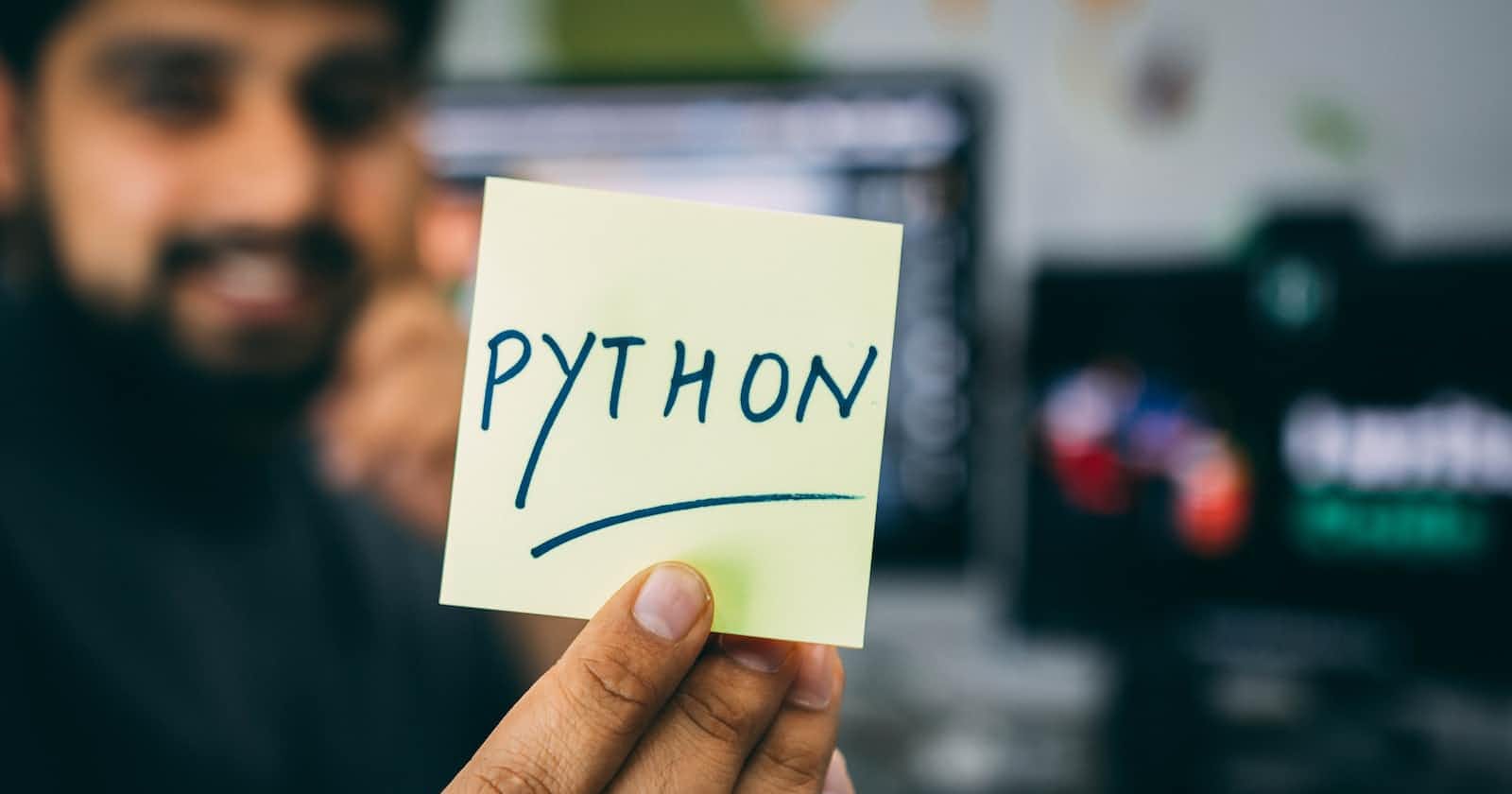Python is a high-level, interpreted language that is widely used for general-purpose programming. It has a simple and easy-to-read syntax and is known for its readability, making it an excellent language for beginners.
In this lesson, you will learn the basics of Python programming, including data types, variables, and basic operations.
Data Types
Python has several built-in data types, including:
Integer: A whole number, such as 1, 2, or 3.
Float: A decimal number, such as 3.14.
String: A sequence of characters, such as "Hello, World!".
Boolean: A value that is either True or False.
Variables
Variables are containers that store data. In Python, you can assign values to variables using the assignment operator (=). For example:
number = 5
y = 3.14
name = "John Doe"
is_student = True
Basic Operations
You can perform basic arithmetic operations in Python, such as addition, subtraction, multiplication, and division. For example:
x + y
x - y
x * y
x / y
String Operations
You can concatenate strings using the + operator, and repeat strings using the * operator. For example:
greeting = "Hello, "
name = "John Doe"
message = greeting + name
print(message)
repeated_message = message * 3
print(repeated_message)
Control Flow
Python has several control flow structures, including if-else statements and for loops. For example:
if is_student:
print("You are a student.")
else:
print("You are not a student.")
for i in range(5):
print(i)
Conclusion
This lesson has covered the basics of Python programming, including data types, variables, basic operations, string operations, and control flow structures. With this knowledge, you can start writing basic Python programs and expand your skills as you learn more.


